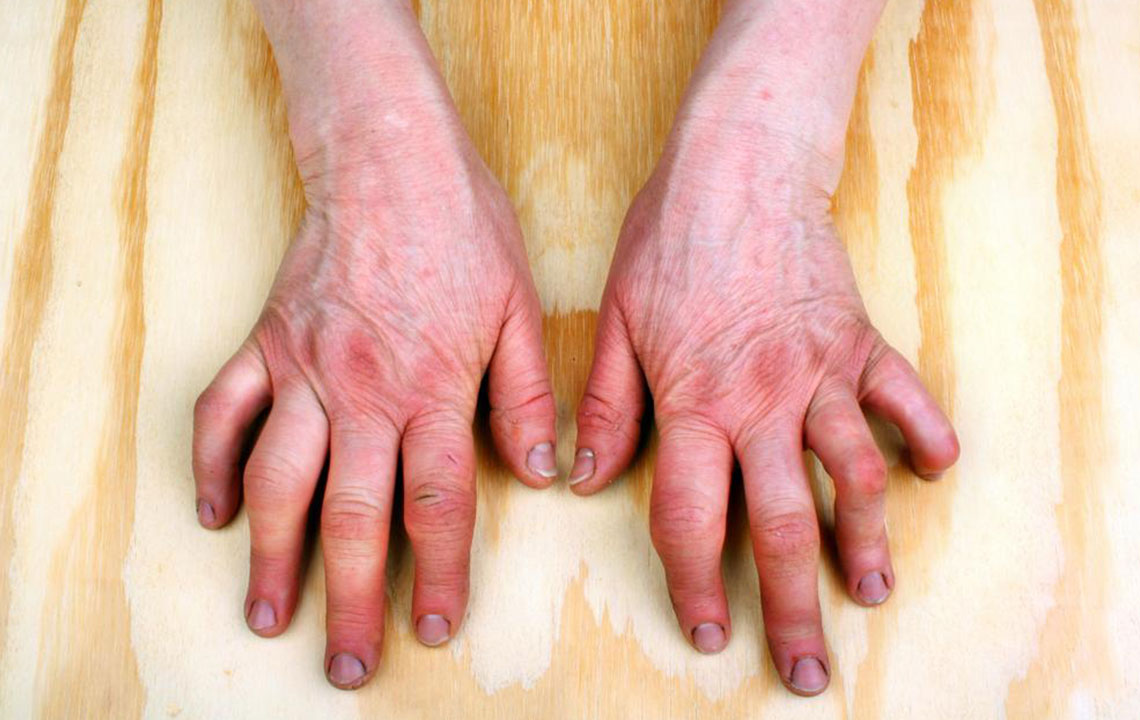Understanding Psoriatic Arthritis: Causes, Symptoms, and Management Options
This article offers a comprehensive overview of psoriatic arthritis, covering its symptoms, diagnostic methods, potential complications, and available treatments. It emphasizes the importance of early medical intervention and highlights emerging therapies and clinical trials. Readers gain valuable insights into managing this chronic condition, recognizing symptoms early, and consulting healthcare providers for proper care. Perfect for patients seeking reliable information about psoriatic arthritis management and latest treatment options.

Understanding Psoriatic Arthritis: Causes, Symptoms, and Management Options
Psoriatic arthritis is a chronic autoimmune condition often developing in individuals already diagnosed with psoriasis—a skin disorder marked by red patches with silvery scales. Typically, psoriasis appears before joint symptoms arise, but in some cases, joint issues can appear first. Continue to explore the common symptoms, diagnostic methods, and current and emerging treatments for this condition.
What are the key signs and symptoms of psoriatic arthritis?
Symptoms vary among patients and often fluctuate between flare-ups and remission phases.
Many symptoms can resemble other health issues, making diagnosis challenging. Common signs include:
Joint pain and swelling
Typically affecting fingers, knees, ankles, toes, and the lower back, this symptom causes joint discomfort, swelling, and stiffness, especially after rest.
Sausage fingers and toes (Dactylitis)
Significant swelling in fingers or toes gives them a sausage-like appearance, aiding differentiation from rheumatoid arthritis where swelling is localized.
Ligament and tendon pain
Enthesitis, inflammation where tendons or ligaments attach to bones, commonly affects heels, soles, and elbows.
Other symptoms include skin rashes, nail pitting, fatigue, and redness in the eyes. Early medical consultation is crucial if symptoms appear. Avoid self-diagnosis or relying solely on online images.
How is psoriatic arthritis diagnosed?
Diagnosis begins with physical examinations for joint swelling, tenderness, and skin changes. Imaging tests like X-rays or MRIs reveal joint or ligament damage. Blood tests, such as:
Rheumatoid factor (RF)— distinguishes psoriatic from rheumatoid arthritis.
Joint fluid analysis— detects uric acid levels, ruling out gout.
Potential complications include irreversible joint damage, eye issues like pink eye, and cardiovascular risks if untreated.
Treatment options primarily focus on symptom relief, as no cure exists. Common medications include:
NSAIDs— for pain and inflammation.
DMARDs— slow disease progression and joint damage.
Immunosuppressants— control immune overactivity.
Biologics and TNF-alpha inhibitors— block inflammatory substances to reduce swelling and pain.
Side effects should be discussed with healthcare providers before starting treatments. Severe cases might require:
Steroid injections— directly into affected joints.
Joint replacement surgery— for permanently damaged joints.
New therapies, including biologics targeting psoriasis-related pathways, are being developed and tested in clinical trials. Consultation with a doctor is essential before considering experimental options.









